Fleas are irritating pests that can turn your cat’s life into a constant itch. These tiny creatures are surprisingly common with more than 2500 flea species worldwide and more than 300 species lurking within the United States. Have you ever spotted something dark and small scurrying through your cat’s fur? If so, you might be dealing with cat flea infestation.
- Female fleas can lay up to 50 eggs a day, highlighting the importance of quick treatment.
- Fleas are small, dark, and jump great distances, making them challenging to spot and eliminate.
- Year-round flea prevention is crucial to stop infestations and protect your cat's well-being.
Fleas are tiny, dark brown or black insects with laterally flattened bodies that help them move through the fur. They have powerful legs for jumping. You might spot adult fleas, along with flea dirt (digested blood excreted by fleas) in your cat’s fur, particularly around the base of the tail, armpits, or groin.
Learning what fleas look like is essential for quick treatment and your cat’s comfort. In this article, we’ll discuss how to spot fleas, the signs of a flea infestation, treatment options, and how to prevent these pesky critters from coming back.
The information provided herein is for informational purposes only. Please refer to our disclaimer for more details..
What Are Cat Fleas?
Cat fleas (Ctenocephalides felis) are tiny, wingless parasites that are astonishingly widespread. They are the most common type of flea found on dogs and cats, thriving across the United States and globally. While their name suggests a preference for cats, cat fleas frequently infest dogs as well. These tenacious parasites don’t limit themselves to our furry companions; they can also target other urban hosts like opossums, foxes, mongooses, and sometimes even rats.
Did you know? Female Fleas can lay up to 50 eggs a day, so it’s important to act quickly if you suspect your cat has fleas.
What Do Cats Fleas Look Like?
Fleas are small, but determined, parasites that can cause discomfort and potential health issues for your cat. Since they’re so small, knowing what to look for helps with early detection and treatment. Here’s how to identify fleas on your cat:
Adult Fleas
Adult cat fleas are very small 1-3mm in size, dark brown or black insects with hard, laterally flattened bodies, making them difficult to crush. Their powerful hind legs, divided into three pairs of legs, enable them to jump great distances. You might spot them scurrying through your cat’s fur, especially in areas like the neck, behind the legs, or around the tail.
Flea Dirt
This is a more common sign than actually seeing fleas. Flea dirt looks like tiny black or reddish-brown specks. Importantly, it’s actually flea feces and contains digested blood. You can find them anywhere on your cats.
Flea Eggs
These are incredibly small (about the size of a grain of salt) and white with an oval shape. However, they’re easily confused with dandruff, dry skin, or even sand, and they don’t stick to fur, so you will not see them directly on your cat. Female fleas can lay eggs almost continuously after a blood meal, so you might find these wherever your cat rests frequently.
Remember: Even if you don’t spot actual fleas, the presence of flea dirt definitively indicates a flea problem. And, seeing a single flea means there are likely many more. We recommend prompt action to address the infestation.
Where to Look for Fleas on Your Cat
Fleas are experts at hiding in your cat’s fur. However, there are some key areas where they tend to congregate. Understanding where fleas prefer to reside will help you pinpoint an infestation and begin treatment as soon as possible.
- The Base of the Tail: This is a prime flea hangout spot. Start by gently parting the fur around the base of the tail, looking closely at the skin for tiny, dark specks that may be moving. These could be adult fleas.
- Armpits and Groin: Fleas thrive in warm, moist areas, making your cat’s armpits and groin region attractive spots. Carefully examine these areas for the same tell-tale signs of black specks or flea dirt (digested blood excreted by fleas). This is a common place to find flea dirt.
- Along the Back and Legs: While less concentrated, you may still find fleas along the back and legs.
How to Confirm Fleas on Cats
While spotting those tiny, darting adult fleas can be conclusive, it’s not always easy. If you’re still unsure whether your cat may have flea infestation, there are ways to confirm their presence and prevent your cat from getting any further infestations.
Let me explain…
- Flea Comb Examination: Using a flea comb (fine-toothed) is one of the best ways to confirm fleas. Methodically comb your cat fur, paying close attention to the base of the tail, armpits, groin, back, and legs. Look for the characteristic dark specks and movements that indicate adult fleas. And remember, to prevent fleas from jumping back into your home, dip the comb into soapy water to kill them after each pass.
- The Flea Dirt Test: Even if you don’t find adult fleas, flea dirt (their digested blood excretions) can be a tell-tale sign. Place a white paper towel under your cat while combing. If black specks fall, add a few drops of water to the towel. If the specks turn a reddish-brown color, it confirms the presence of flea dirt and indicates a flea problem.
Important Note: Flea dirt can be confused with regular debris, so the color-change test is important for accurate diagnosis.
Signs Your Cat Has Flea Infestation
Cats infested with fleas often exhibit a range of noticeable symptoms, making it important for owners to be vigilant. These signs fall into three main categories:
- Behavioral Changes in Your Cat: Fleas cause constant irritation. You might observe excessive scratching or biting, particularly around the base of the tail, neck, and hindquarters. Additionally, your cat may seem restless, agitated, or uncomfortable due to the incessant itching.
- Skin Irritation: Flea bites can create redness, bumps, or scabs on your cat’s skin. This irritation can be particularly severe in cats with flea allergy dermatitis, a heightened allergic response to flea saliva. Excessive grooming due to the itchiness can lead to hair loss, especially in the areas your cat frequently scratches.
- Potential Health Risks: While uncomfortable, flea infestations pose deeper risks. Flea allergy dermatitis, as mentioned above, significantly impacts your cat’s well-being. Severe infestations, especially in kittens, can lead to anemia due to blood loss. And, cats can contract tapeworms by ingesting fleas during grooming.
Treatment and Flea Prevention
Getting rid of a flea infestation and safeguarding your cat’s long-term health requires a combination of proper treatment and ongoing preventative measures. To create the most effective plan, it’s important to consult with your veterinarian.
Here’s a breakdown of the types of flea treatments available:
- Spot-on medications: These highly effective treatments are topically applied, often to the back of your cat’s neck. Many spot-on medications (like Advantage or Frontline Plus) contain powerful insecticides, eliminating fleas as well as their eggs and cat flea larvae. Some even provide control of ticks and other parasites.
- Oral medications: These treatments are administered in the form of pills or chewable tablets. Some oral medications like Capstar provide rapid action, killing adult cat fleas within 30 minutes, while others are designed for monthly use.
- Flea collars: While flea collars can offer continuous flea protection, it’s essential to choose high-quality and safe options recommended by your veterinarian.
- Flea shampoos: Special shampoos can help kill fleas on your cat. However, they provide only temporary relief and should be used in conjunction with other flea control measures.
Treating the home environment
Alongside treating your cat, it’s important to address the home environment. This includes thorough vacuuming of carpets, rugs, and furniture, and washing your cat’s bedding and toys in hot water. For severe infestations, your veterinarian might recommend flea sprays or foggers designed for home use – always follow instructions carefully to treat fleas.
Year-round prevention
Year-round prevention is essential to break the flea life cycle and ensure your cat’s continued comfort. We recommend consulting your veterinarian for the best preventive regimen, which may include a combination of spot-on treatments, oral medications, and possibly flea collars.
FAQ
How often should I treat my cat for fleas?
Treatment frequency depends on factors like your cat’s lifestyle and the specific product chosen. Many topical preventatives are applied monthly (e.g., Frontline Plus, Advantage Multi, Revolution Plus). Some oral medications might be given monthly, while fast-acting options like Capstar only provide short-term relief. Always consult your veterinarian for the best preventive regimen; they’ll consider your cat’s specific needs and local flea pressure to create a customized plan.
Is there a way to tell if my cat is allergic to fleas?
Yes. Cats with flea allergy dermatitis (FAD) experience an exaggerated immune response to flea saliva. Instead of mild itching, you might notice severe scratching, skin inflammation, open sores, scabbing, and significant hair loss. Cats with FAD often focus their scratching around the base of the tail, hindquarters, and inner thighs.
Can my indoor cat get fleas?
Unfortunately, yes. Indoor cats get fleas too. Fleas are opportunistic, and even indoor cats are at risk. You might inadvertently bring flea eggs or larvae into your home on your clothes or shoes. Other pets visiting your home or even pests like mice can carry fleas inside. Fleas can jump onto your cat from another animal or from the ground.
It’s highly recommended to use year-round flea prevention for all cats, even those strictly indoors. Options like Advantage Multi for Cats (which also protects against heartworms and other parasites) or Revolution Plus are excellent choices.
Wrapping Up
Fleas are more than just a nuisance for your favorite feline. It’s essential to be aware of the signs of flea infestation, what these tiny parasites look like, and understand the potential health risks they pose. Early detection and swift action are key. By utilizing the identification tips discussed above and consulting with your veterinarian, you can safeguard your cat against the discomfort of fleas and prevent these tenacious creatures from taking up residence in your home.
Remember, year-round prevention is the most effective way to keep these troublesome pests at bay and ensure your cat’s long-term comfort and well-being.
200views
Share on Facebook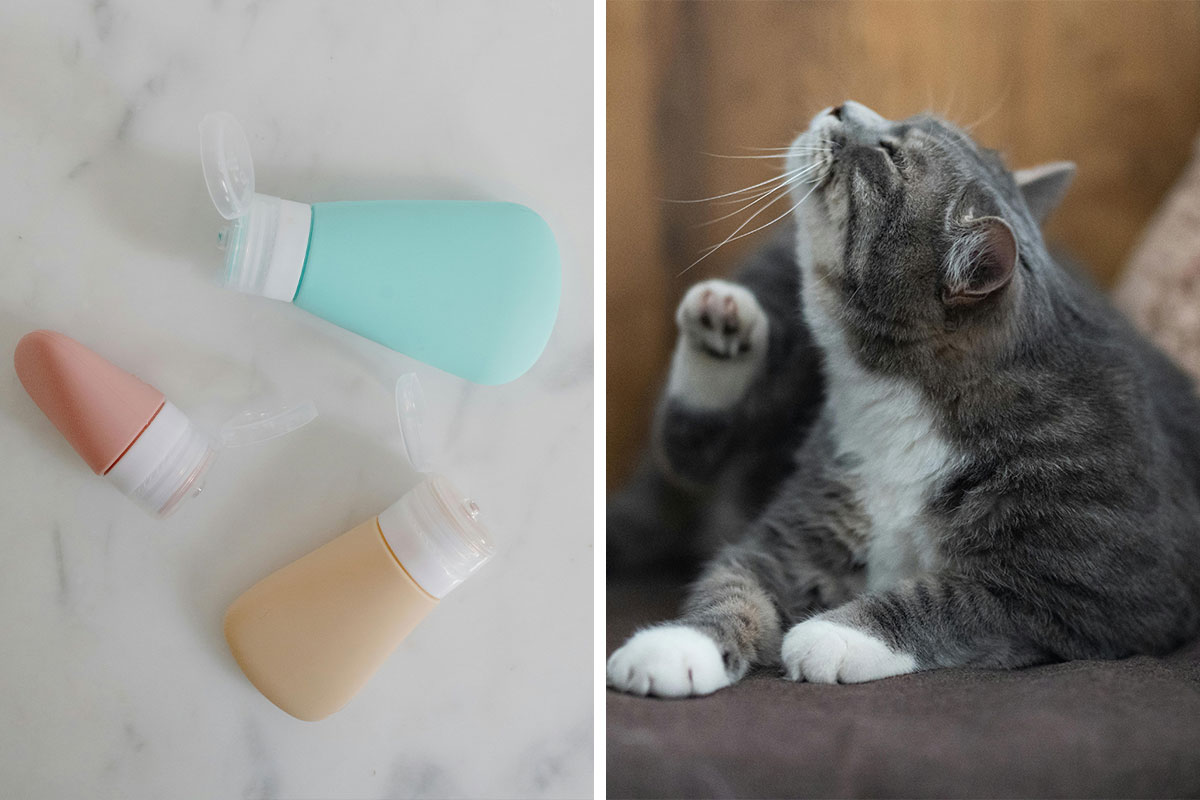
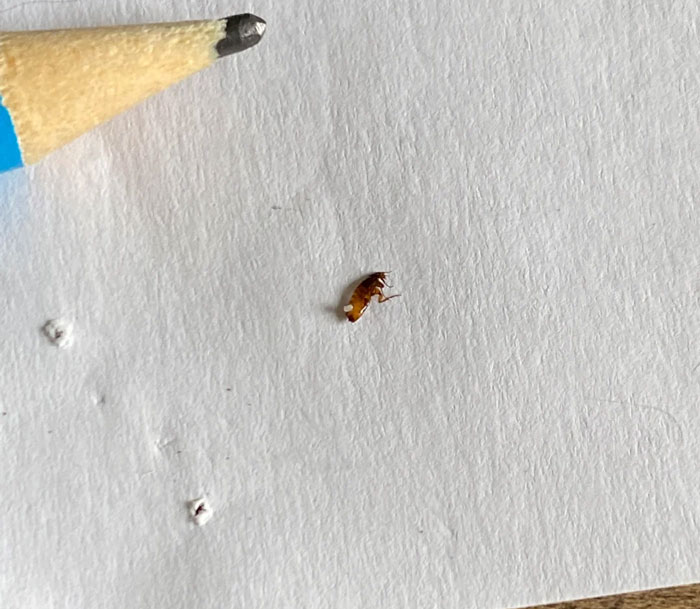 Image credits:
Image credits: 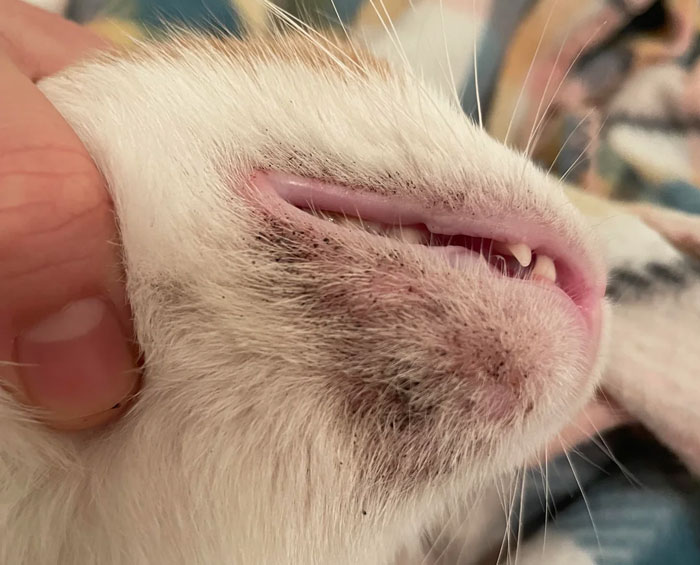 Image credits:
Image credits: 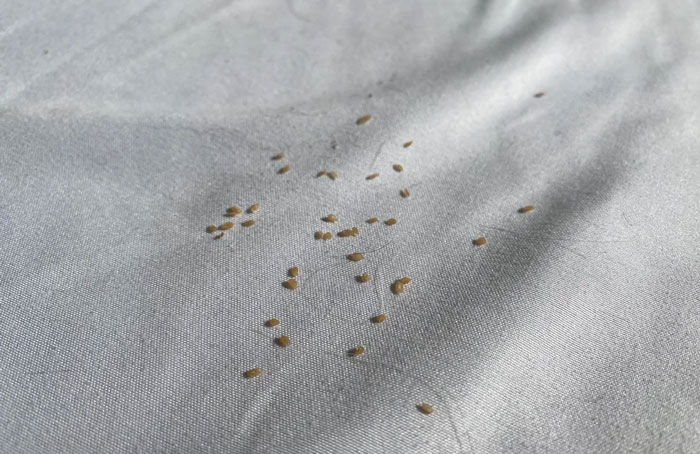 Image credits:
Image credits: 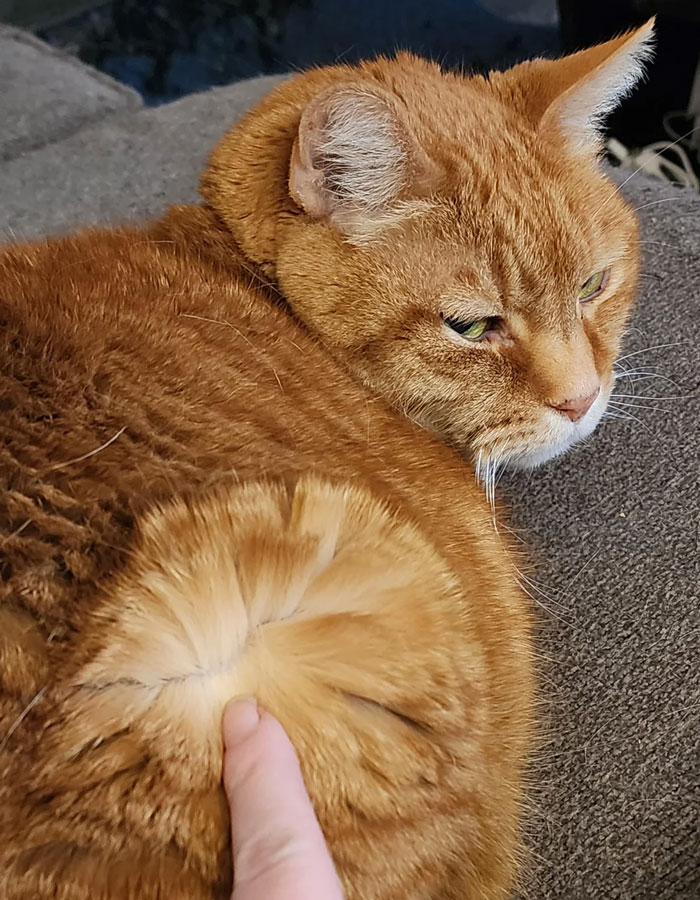 Image credits:
Image credits: 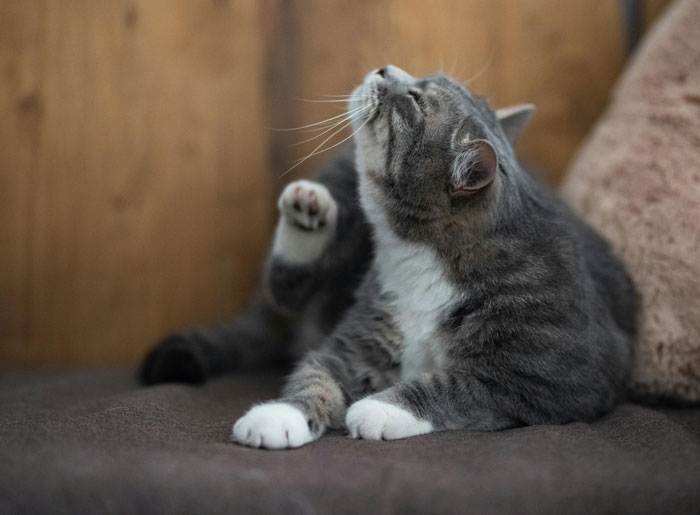 Image credits:
Image credits:  Image credits:
Image credits: 


1
0